Rita’s Falso Conejo or Bolivian Beef Cutlets
- September 2022
- By Rita Jimenez
- Recipe from Bolivia
-
- (4)
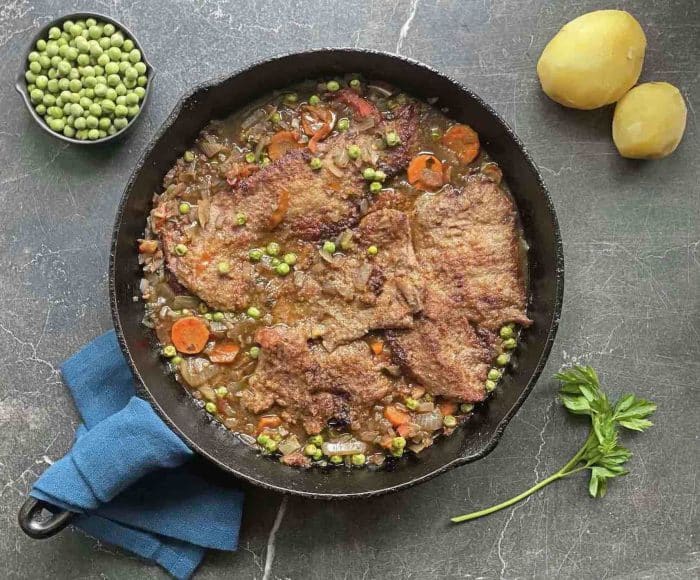
Falso conejo is one of the traditional Bolivian recipes Rita Jimenez makes sure to eat every time she travels home to Cochabamba, in the central Andes valley. The dish’s name means—delighfully—“fake rabbit” and it is on Rita’s shortlist of forever favorites.
How did this savory meal with its rich tomato-onion-peas sauce get its name? Rita smiles and shrugs. ”Viene de siempre y no se sabe porque.” It’s been called that forever and no one really knows how it came to be, she explains. “There are many names in Bolivian cuisine that you wonder how they came about. This is one of them. We make jokes about it all the time—is it rabbit? Is it lamb? And no one truly knows.”
The star ingredient of falso conejo is thinly sliced beef, which is tenderized and dredged in bread crumbs. The cutlets are then shallow-fried and cooked in a delicioso sauce of tomatoes, onions, Bolivian yellow or red ajies or peppers, carrots, and bright green peas. The resulting dish is traditionally served with white rice and boiled potatoes—that’s right, both. Carb-on-carb double treat.
It comes together pretty quickly, making falso conejo ”an everyday meal in Bolivian homes. It’s the kind of thing you eat often, perhaps every two weeks. It’s very popular. I grew up watching my grandmother and aunts make it all the time,” says Rita, who met her husband, Jim, while attending college in the States. Since 1972, the couple has lived in the same Wellesley, Mass. home where they raised their children and now live near their grandchildren.

Key to the signature flavor of this traditional recipe is the medium-spicy, earthy Bolivian yellow or red ajies. You might be able to find these peppers in your local Latino market, says Rita. If you can’t, she recommends substituting with Mexican chile guajillo.
”It’s not just because I’m a Bolivian,” says Rita, ”but in Bolivia you eat the best food. There is so much variety and you can find everything. We have an endless variety. Nothing is ever lacking.”
“I was recently in Bolivia, and I was so impressed at how well you eat there,” says Rita. “There is such a great variety of dishes. We didn’t eat the same food two days in a row.” Including this one? Definitely, she says. Falso conejo is a recipe you find in most restaurants, and one of the ones she and her husband Tim make a point to eat at least once when they travel to her homeland.
For more of her must-try Bolivian dishes, check out Rita’s family recipe for quinoa with aji colorados—quinoa with Bolivia’s signature red peppers. It’s yet another Bolivian recipe that may just find its way into your homecooking weeknight rotation. It certainly has for us here at Familia Kitchen. Gracias, Rita.
Ready to try Rita’s Falso Conejo Beef Cutlets?
MoreLike This

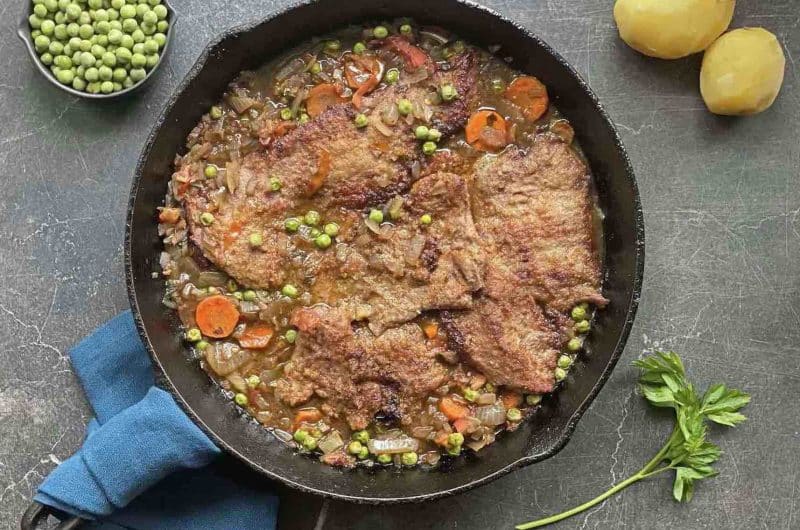

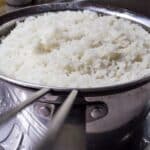
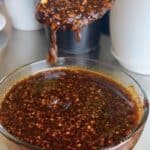



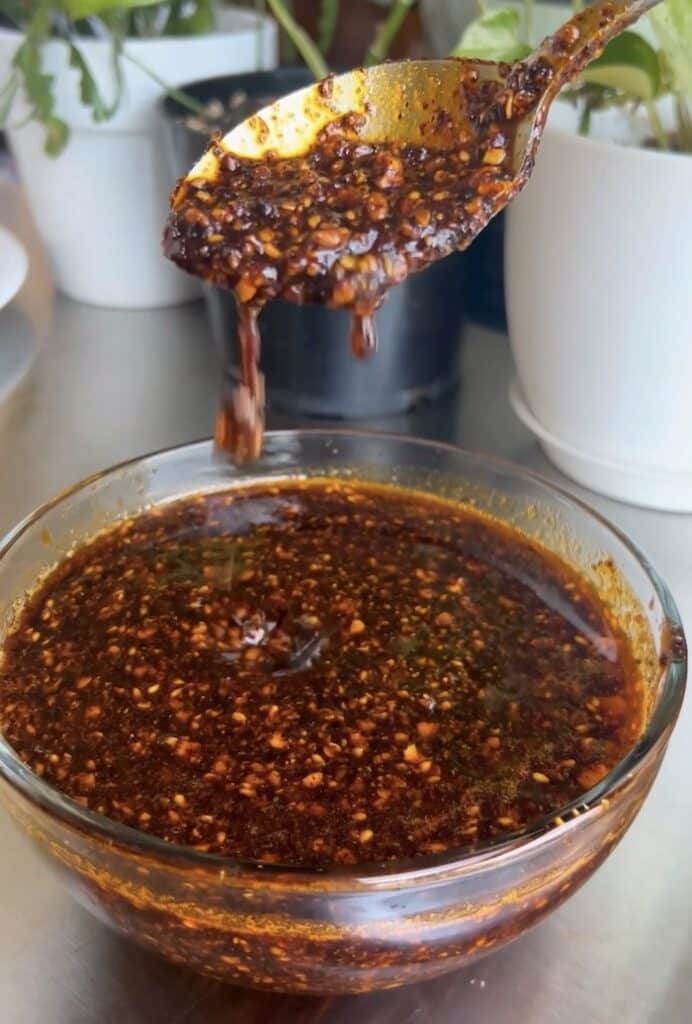
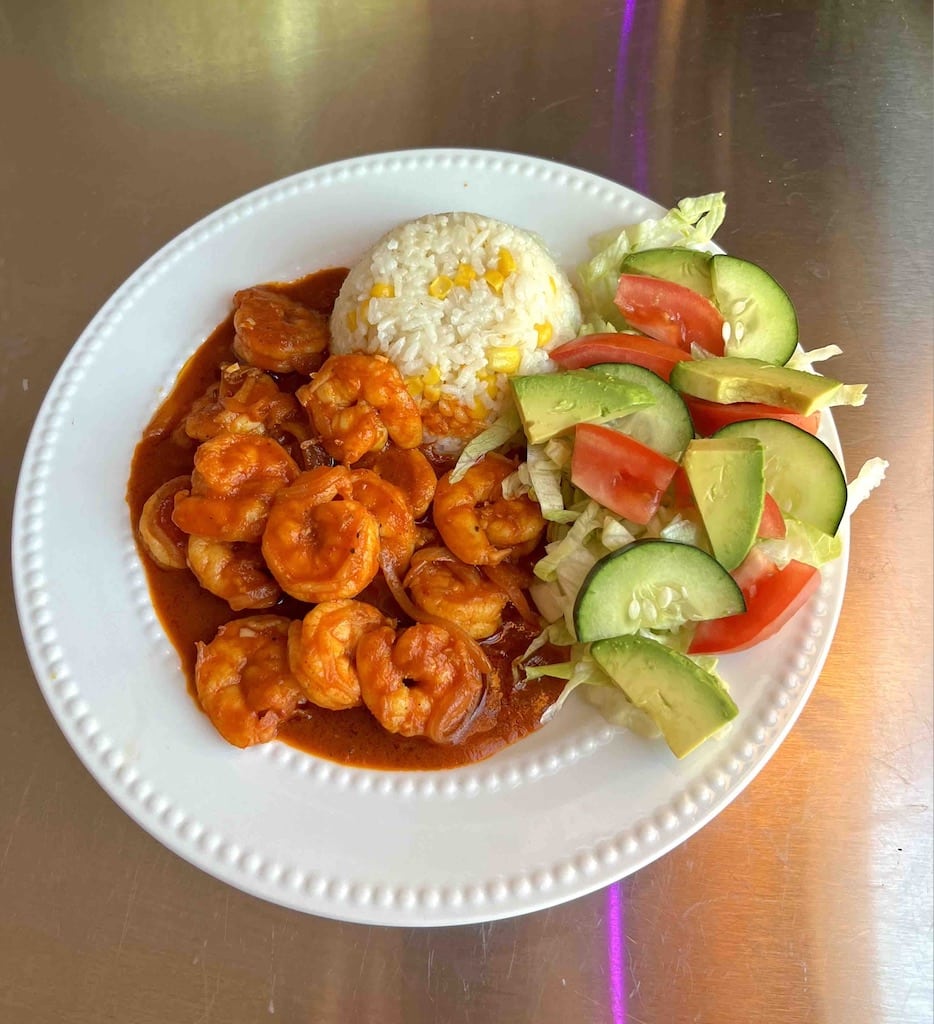
Got a question or suggestion?
Please rate this recipe and leave any tips, substitutions, or Qs you have!